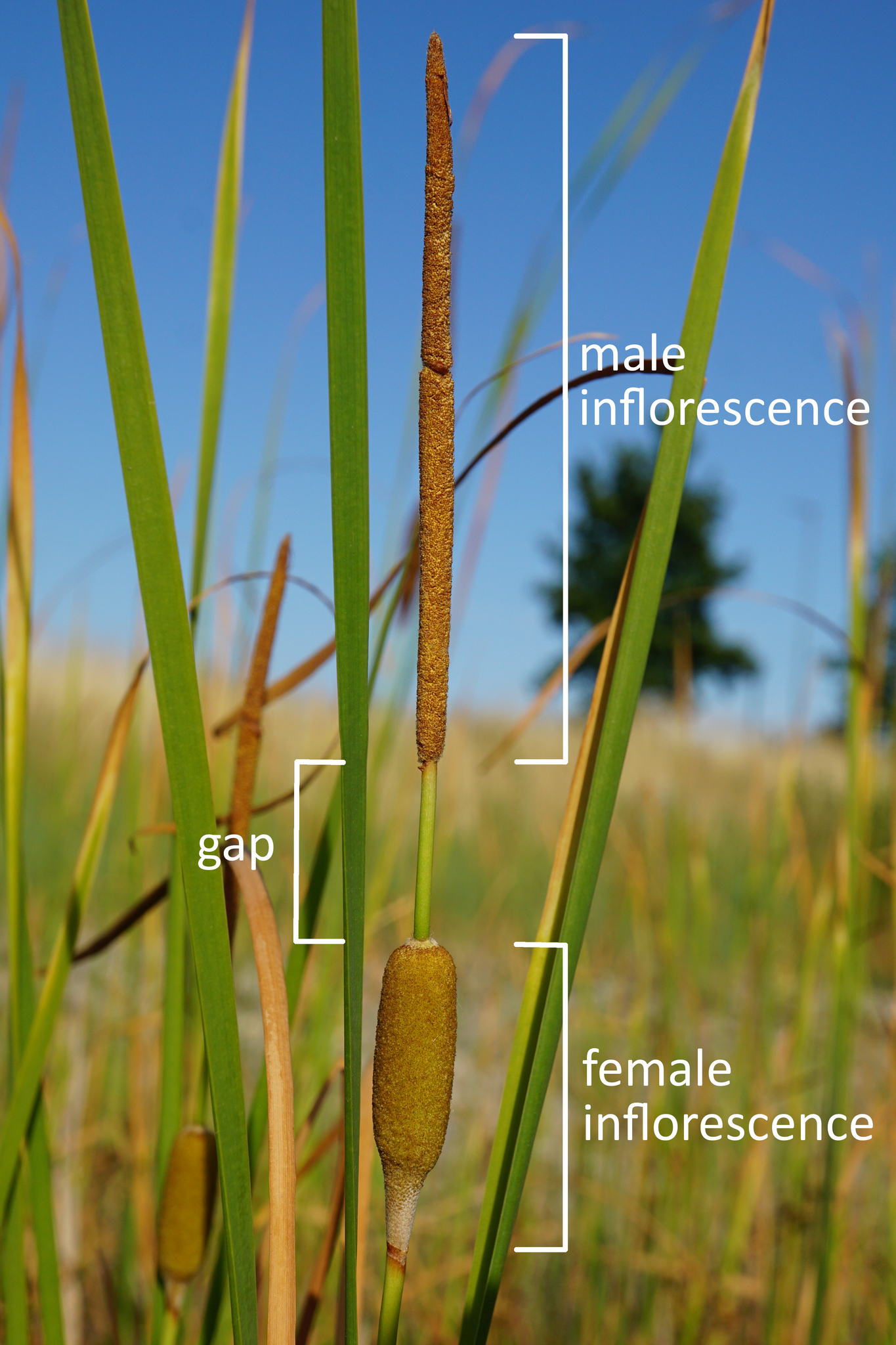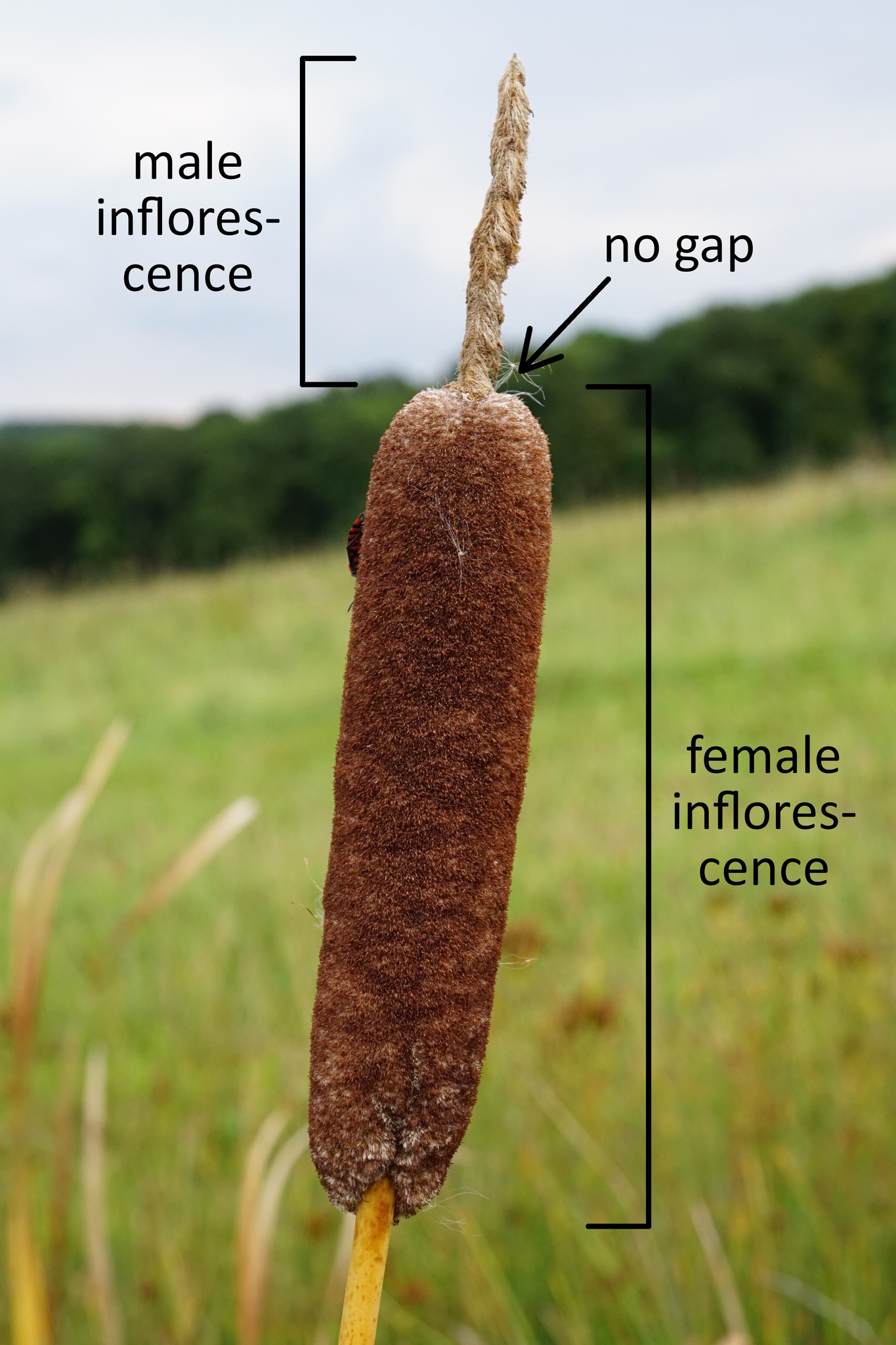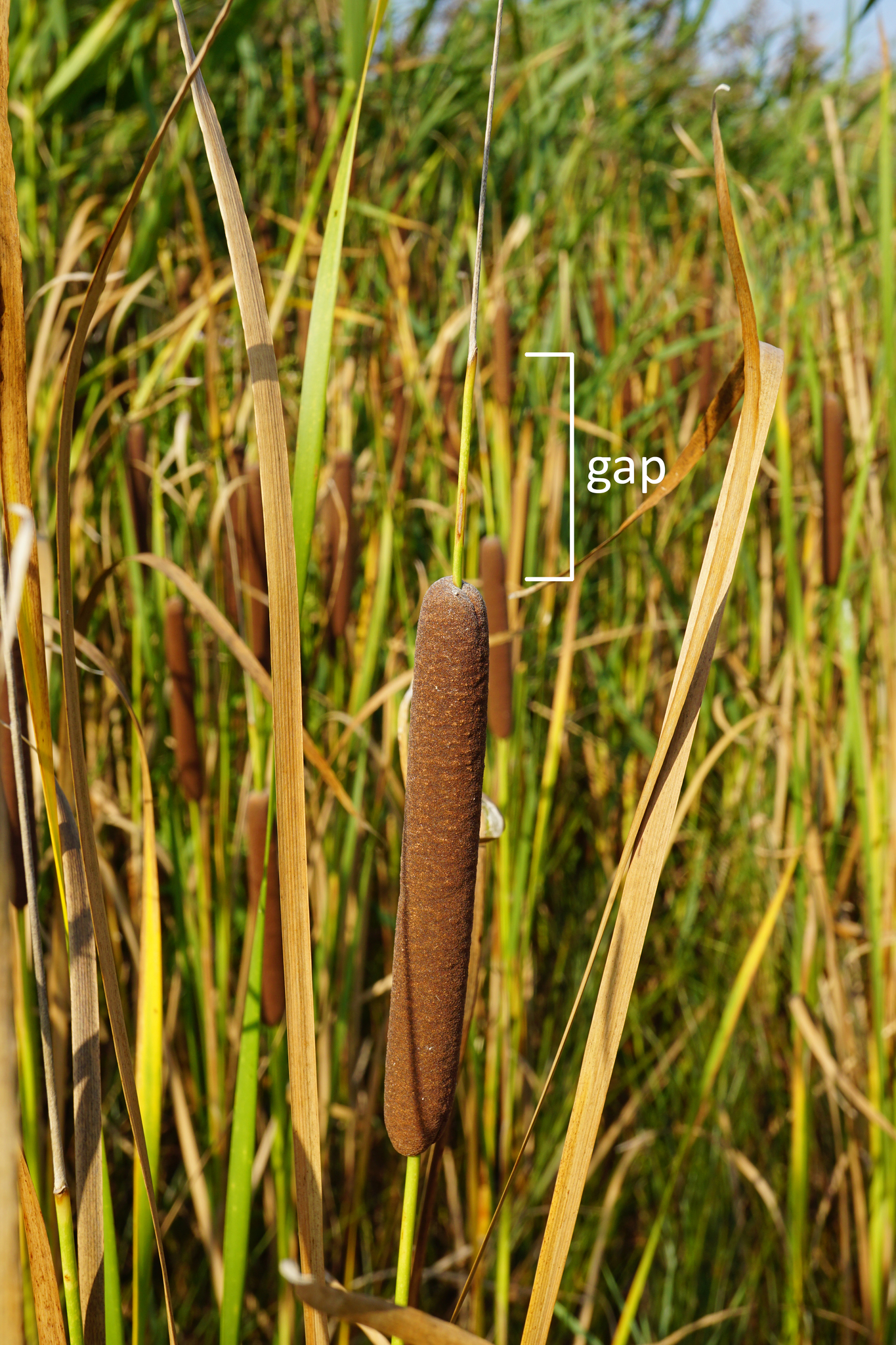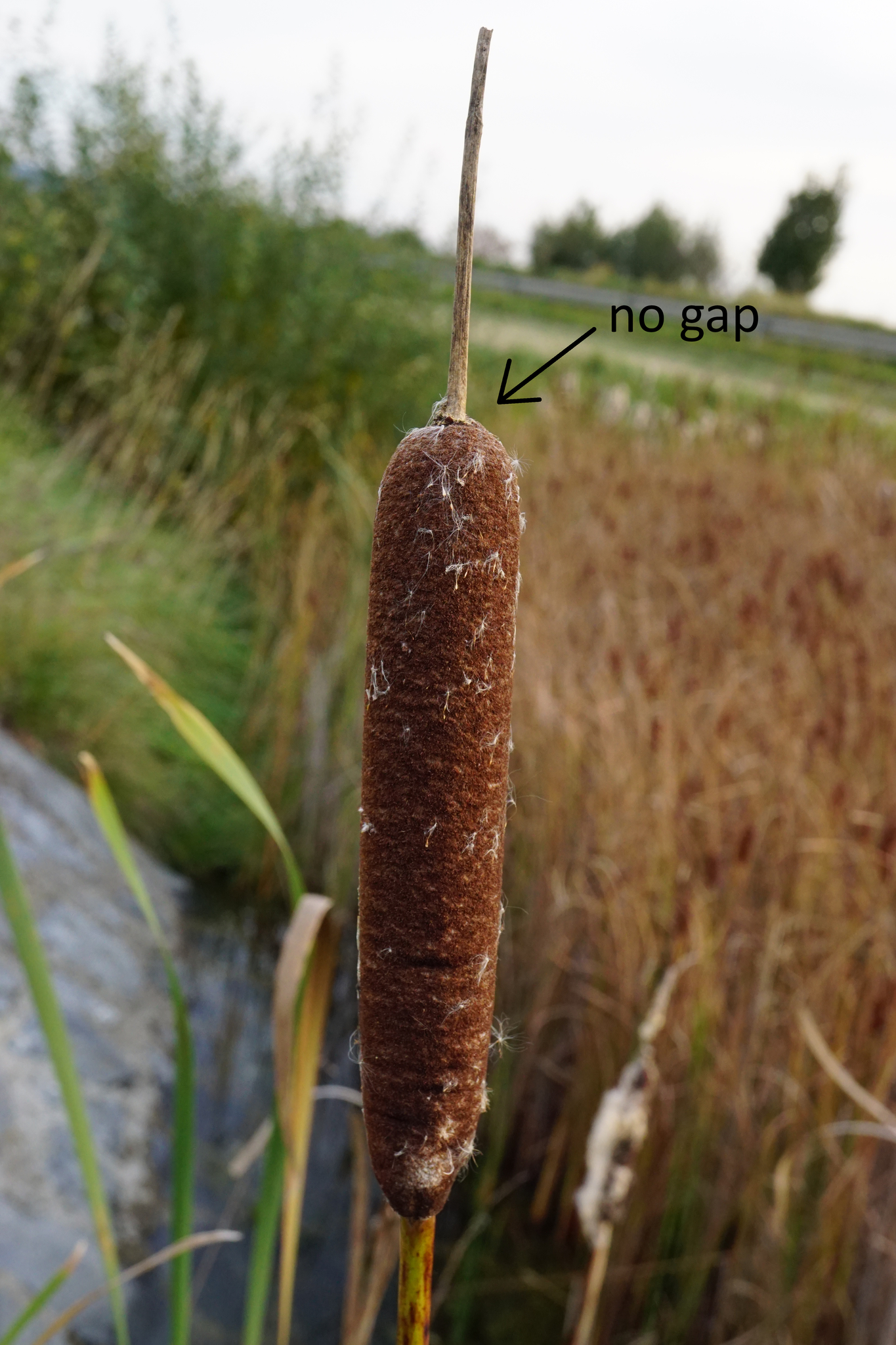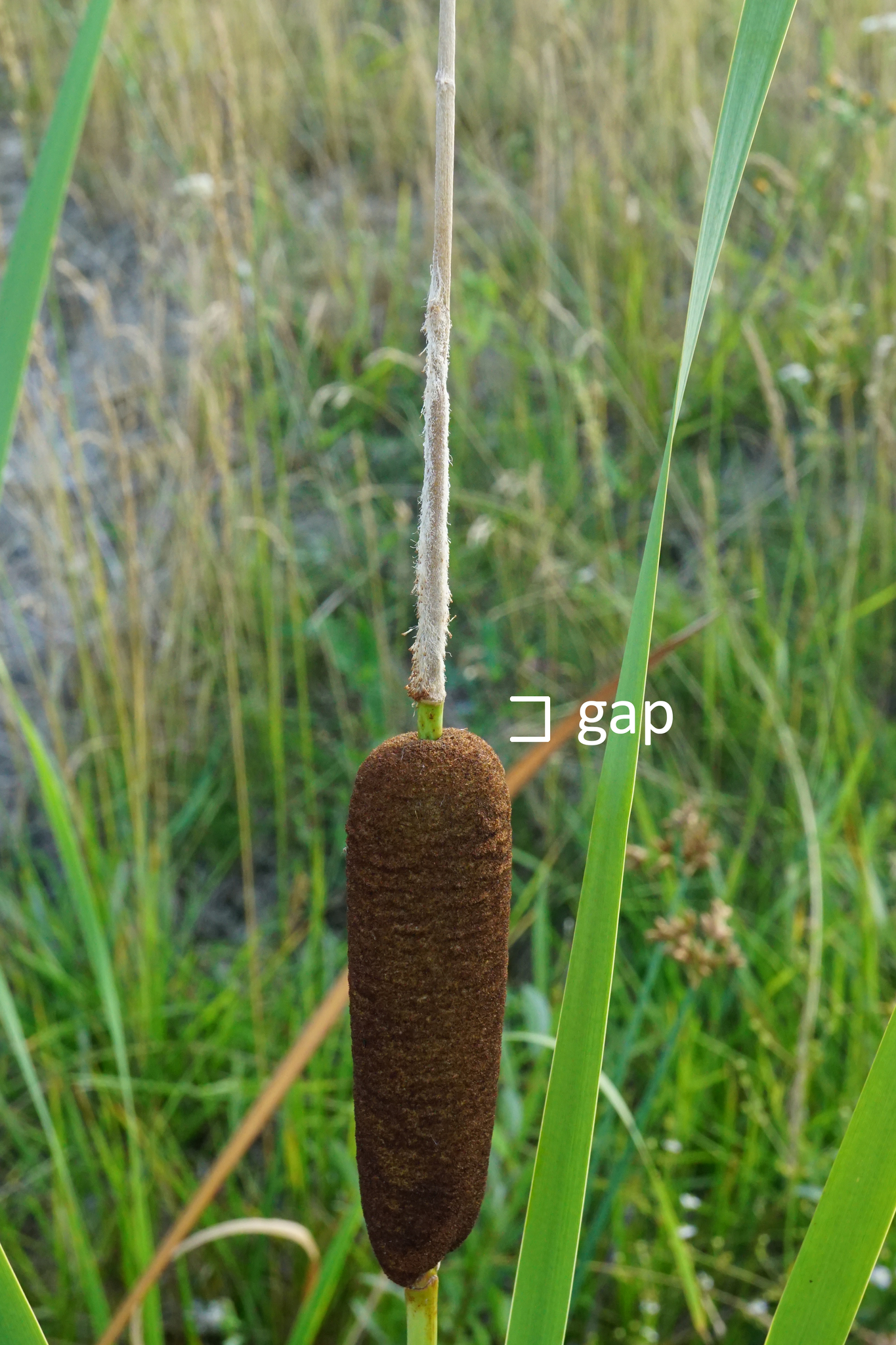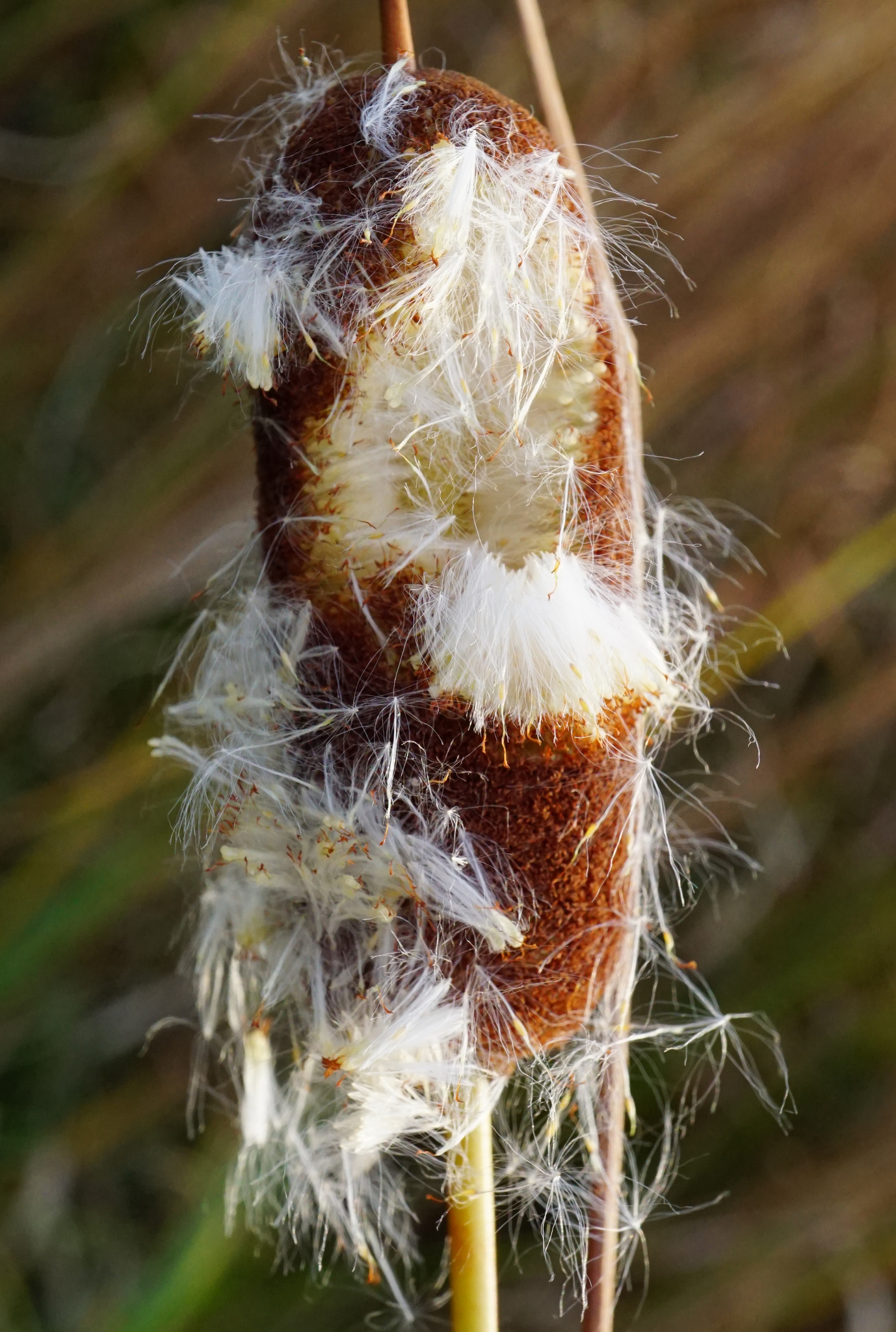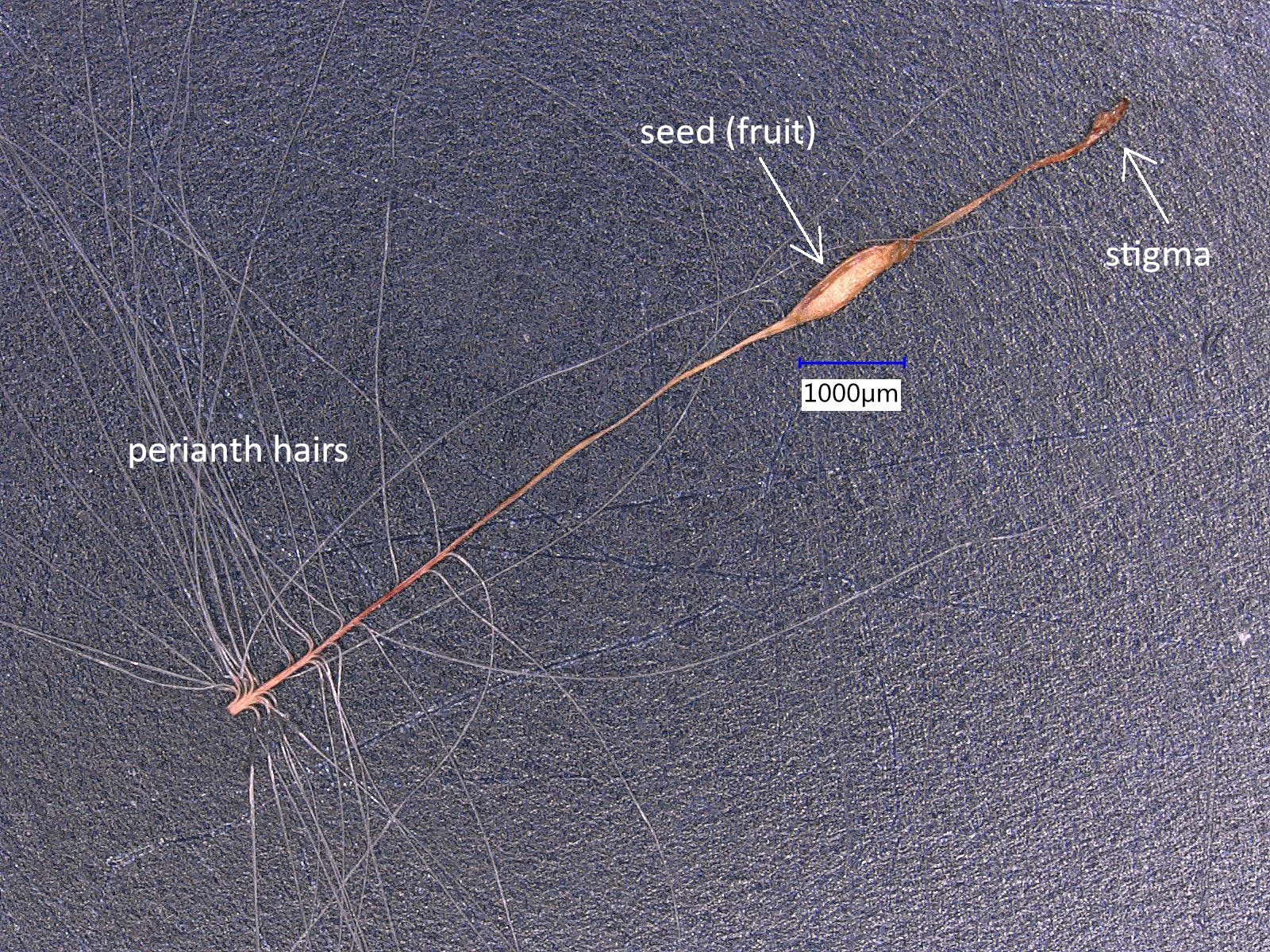Nützliche Hilfen zur Pflanzenbestimmung
Wer sich an der Bestimmung der gerade bei einem Spaziergang gefundenen Pflanzen versucht, ist am Anfang schnell überfordert und erschlagen von der Vielfalt der heimischen Flora. So gibt es nicht nur eine Margarite oder eine Distel, sondern viele ähnlich aussehende Arten aus unterschiedlichen Gattungen. Zum Glück gibt es mittlerweile viele nützliche Hilfen, die es mehr ober weniger einfach machen, die richtige Art zu finden. Einige davon sind nachfolgend aufgelistet.
Am schnellsten bestimmen lässt sich eine Pflanze natürlich mit der automatischen Bilderkennung hier auf iNat oder mit Hilfe der unten genannten Apps (Das funktioniert am besten mit Fotos guter Qualität!). Es empfiehlt sich aber trotzdem, zumindest anhand von Vergleichsfotos und der Karte bisheriger Funde zu überprüfen, ob die Empfehlung überhaupt stimmen kann oder die Art eigentlich ganz anders ausschaut.
Mit Hilfe von iNat kann man sich auch ähnliche Arten anzeigen lassen, also Arten mit denen eventuell eine Verwechslungsmöglichkeit besteht. Dazu gibt es auf der Seite jeder Art den Reiter "Ähnliche Arten", beispielsweise hier für die Purpurrote Taubnessel: https://www.inaturalist.org/taxa/55851-Lamium-purpureum#similar-tab.
Wer sich intensiver mit der Bestimmung von Pflanzen beschäftigen möchte, sollte sich jedenfalls die österreichische Exkursionsflora kaufen. Die Bestimmungsschlüssel sind aber leider nicht unbedingt anfängerfreundlich und eine falsche Abzweigung ist schnell genommen, weil eine visuelle Bestätigung fehlt. Besser sind da Online-Schlüssel, die auch Fotos enthalten. Da sie aber die österreichische Flora nicht vollständig abdecken, ist ein Blick in die Exkursionsflora immer sinnvoll. Auch deshalb, weil darin Angaben zum Lebensraum der jeweiligen Art zu finden sind und in welchen Bundesländern sie vorkommt.
Ein Vorschlag zum Bestimmen einer völlig unbekannten Art: Man startet mit den Bestimmungsschlüsseln von blumeninschwaben.de und versucht, bis zur Art zu kommen. Anschließend vergleicht man die Fotos und falls sie zur gefundenen Pflanze passen, nimmt man die Exkursionsflora und beginnt direkt beim Schlüssel der entsprechenden Gattung. Führt der Weg zur selben Art, kann man sich ziemlich sicher sein, dass man sie richtig bestimmt hat.
Wer Pflanzen nicht vor Ort, sondern später anhand von Fotos bestimmen möchte, sollte jedenfalls darauf achten, möglichst alle wichtigen Pflanzenteile zu fotografieren. Je mehr Fotos, desto besser! Leider ist das bei vielen Beobachtungen hier auf iNat nicht der Fall. Oft lässt sich die Art zwar trotzdem bestimmen, aber viele Beobachtungen bleiben auch unbestimmt, obwohl das mit zusätzlichen Fotos möglich wäre. Ein einzelnes Foto einer Blüte von oben kann ausreichen, aber nicht selten werden auch andere Pflanzenteile, wie z. B. die Blätter, für die Bestimmung gebraucht.
Im Idealfall sollte man versuchen, Folgendes (falls vorhanden) auf den Fotos abzubilden:
- Blüte (bzw. Blütenkorb oder Blütenstand) von oben UND von der Seite oder von hinten (Kelch-/Hüllblätter)
- Früchte
- Blätter (Ober- UND Unterseite), und zwar sowohl die Stängelblätter als auch die Grundblätter nahe des Bodens
- Stängel (mit Blattansatz, bei Gräsern auch das Blatthäutchen)
- ganze Pflanze mit der Umgebung
Online-Pflanzenbestimmung mit Hilfe von Schlüsseln
-
Flora-de: Flora von Deutschland (blumeninschwaben.de)
Sehr empfehlenswert! Mit den bebilderten Schlüsseln lassen sich fast alle wild vorkommenden Pflanzenarten im deutschsprachigen Raum und auch viele Kultur- und Zierpflanzen relativ einfach bestimmen. Der Fokus liegt zwar auf Deutschland, aber auch die österreichische Flora ist sehr gut abgedeckt, einzelne Arten fehlen allerdings. Zusätzliche Arten der Alpen sind in der Mittelmeer- und Alpenflora zu finden. -
Offene Naturführer (Portal:Flora)
Enthält viele einzelne Schlüssel, vor allem für Gattungen, zum Teil auch mit Fotos. Leider unvollständig und etwas unübersichtlich. Einzelne Schlüssel sind aber sehr gut gemacht, insbesondere diejenigen in der Kategorie:Beispielschlüssel. -
Dryades project - Identification tools
Das Projekt Dryades aus Italien bietet eine Vielzahl an Bestimmungsschlüsseln, darunter auch einige auf Deutsch. Besonders hervorzuheben ist der Bestimmungsschlüssel für die in Österreich heimischen und häufig im Freiland kultivierten Gehölze. Interessant ist auch das Bestimmungsportal für die Flora der Südlichen Karnischen Alpen (Nordost-Italien), das statt eines dichotomen Schlüssels eine schnelle Bestimmung durch die Auswahl verschiedener Merkmale ermöglicht.
Bestimmungsbücher
-
Exkursionsflora für Österreich, Liechtenstein und Südtirol
Das Standardwerk zur Pflanzenbestimmung in Österreich. Enthält (fast) alle Arten, die hierzulande wild wachsen sowie häufige Kultur- und Zierpflanzen. Die aktuelle 3. Auflage ist leider mittlwerweile veraltet, die 4. (erweiterte) Auflage soll Ende des Jahres erscheinen. Nachdem das Erscheinungsjahr allerdings schon in der Vergangenheit mehrfach verschoben wurde, sollte man sich darauf nicht verlassen. -
Flora Helvetica - Exkursionsführer
Bestimmungsbuch zur Schweizer Flora -
Schmeil-Fitschen: Die Flora Deutschlands und angrenzender Länder
deutsche Exkursionsflora -
Rothmaler - Exkursionsflora von Deutschland
Exkursionsflora, bestehend aus mehreren Bänden. Neben dem Grundband gibt es einen Kritischen Ergänzungsband für schwierig zu bestimmende Gruppen, einen Atlasband mit Zeichnungen und einen Band zur Bestimmung von krautigen Zier- und Nutzpflanzen. -
Flora Vegetativa
Erlaubt die Bestimmung von Pflanzen im vegetativen Zustand ohne Blüten oder Früchte, die mit den meisten Schlüsseln nicht möglich ist. Kann sehr hilfreich sein, ganz verlassen sollte man sich auf die Angaben zu den Merkmalen allerdings nicht. -
Farne, Schachtelhalme und Bärlappe
Bestimmungsschlüssel und Informationen zu allen Farnpflanzen in der Schweiz, Österreich und Deutschland. Auf der Website ist auch eine Fotogalerie zu finden.
Fotosammlungen, Artbeschreibungen und sonstige Bestimmungshilfen
-
Botanik im Bild
Fotos und teilweise Beschreibungen der Arten aus der öst. Exkursionsflora. -
Pflanzenfotos von Stefan Lefnaer
Fotosammlung mit einem Schwerpunkt auf Ostösterreich und Arten des Pannonikums. Mit Detailaufnahmen, die man sonst kaum findet. -
Plants of Styria
Fotosammlung zur Flora der Steiermark, viele Fotos mit hoher Qualität! -
Botanische Spaziergänge
Fotos von Spaziergängen und Wanderungen des Autors. Vor allem dann nützlich, wenn man sich einen Überblick über die Flora eines bestimmten Gebietes verschaffen möchte. -
Kalenderblätter "Pflanzen und Biotope"
In den monatlichen Beiträgen werden Pflanzenarten aus der Gemeinde Bad Vöslau ausführlich vorgestellt, mit Detailfotos, Angaben zur Ökologie und wichtigen Erkennungsmerkmalen. Sehr nützlich, wenn man sich über einzelne Arten näher informieren möchte. -
Bochumer Botanischer Verein e. V.
große Sammlung von Fotos, Artportraits und Bestimmungshilfen, u. a. auch von Früchten, Knospen und Keimlingen von Gehölzen -
Baumkunde.de
Bestimmungshilfen für Bäume und Sträucher -
Pflanzenfotos von Günther Blaich
Umfangreiche Fotosammlung mit Bestimmungshilfen. Inkl. Fotos von Orchideen und Hybriden, die in anderen Sammlungen fehlen. -
Burgenlandflora
Fotos, Artbeschreibungen und weitere Informationen zur Flora des Burgenlandes - seit der Überarbeitung im Jahr 2022 leider nur noch bedingt empfehlenswert -
Info Flora (Schweiz)
Fotos und Beschreibungen von Arten, die in der Schweiz vorkommen -
Botanická fotogalerie
Ebenfalls eine umfangreiche Fotosammlung, in der auch viele seltene Arten zu finden sind. -
Flora Germanica
Fotos und Artbeschreibungen, u. a. zur Flora von Deutschland und der Alpen -
Arbeitskreis Heimische Orchideen Bayern e.V.
Informationen und Fotos zu Orchideen, auch von Fruchtständen und Winterblattrosetten -
JACQ - Virtual Herbaria
Datenbank zur Suche nach Belegen aus verschiedenen Herbarien -
Bestimmungskritische Taxa zur Flora von Deutschland
gescannte Herbarbelege und Informationen zu einzelnen besonders schwierig zu bestimmenden Gattungen -
Seed Identification Guide
Fotosammlung und Bestimmungshilfen für Samen -
Pollen-WIki
Fotos von Pollen inkl. Größenangaben
Online-Foren
Forum Flora Austria
Im Forum des Vereins zur Erforschung der Flora Österreichs können Bestimmunganfragen gestellt werden, die von den Experten meistens sehr schnell beantwortet werden.
Apps mit automatischer Bilderkennung
Ergänzungen sind sehr willkommen!


